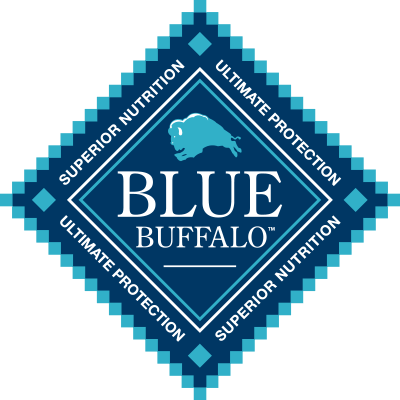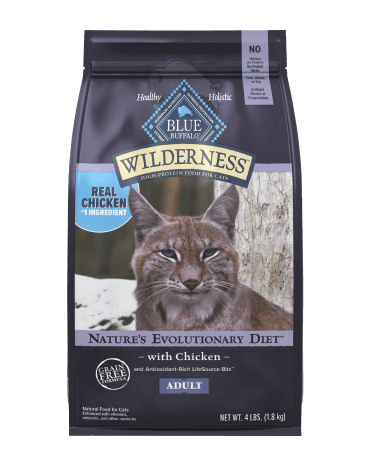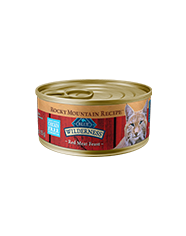Why Cats Need Protein
There’s a lot of talk about the importance of feeding your cat a high-protein diet (and for good reason). Yes, protein helps build and maintain healthy muscle, but have you ever wondered if there are other benefits? Protein is a crucial part of a cat’s diet because it supports and drives a variety of functions and plays a role in processes that might surprise you.
Cats need 20 common amino acids to function normally, and 11 of those are considered essential. Felines can’t make these 11 amino acids on their own and must get them from their food. The protein cats eat breaks down into amino acids, which are responsible for a slew of vital functions like creating energy, building and repairing muscle and tissue, and supporting digestion and metabolism.
Protein Equals Power
While cats also get energy from carbohydrates, they only provide a short-lived jolt of energy. Protein is processed at a slower rate, so it lasts longer than carbs. This is especially true for instances where other nutrients are scarce.
Building Healthy Muscle and Tissue
Not only does protein help build and maintain muscle, it also builds and repairs your cat’s fur, skin, and claws. Here’s a fun fact: cat fur and claws are made almost entirely of protein. Healthy skin and coat helps reduce the chances of skin conditions or excessive shedding, which is always a good thing for your house and furniture. It helps kittens grow into healthy adult cats, and replaces old tissues and cells in adult cats to keep their bodies active as they age.
For those felines who never seem to sit still, protein boosts muscle development and supports firm muscle tone so they can keep going strong.
Aiding Metabolism and Digestion
A protein-rich diet is necessary for the production of enzymes, which are vital for digestion and metabolism. Better digestion and nutrient absorption reduce the chances of gastrointestinal issues and a healthy metabolism avoids the risk of gaining unnecessary weight. Enzymes also play a part in a cat’s immune system, helping protect them from infections and diseases.
How Much Protein Do Cats Need?
While many cat foods may meet the minimum requirements, your pal’s needs depend on their age, breed, activity level, and overall health. An easy rule to remember is to feed your cat enough protein to take up over 50% of their daily caloric intake. The Association of American Feed Control Officials (AAFCO) recommends adult cat foods consume at least 26% protein and a minimum of 30% protein for growth and reproduction life stages.
One important note: nutrition labels on cat food packs don’t account for the weight of the water in food, so you would need to use the dry matter basis (a way of calculating and removing the moisture content from the equation) to get the most accurate nutrient levels, including protein content.
Not all high-protein cat foods are the same. Look for clearly named animal proteins like chicken, beef, or salmon. Animal-based proteins generally offer a more complete amino acid profile and are often easier for cats to absorb. Foods like BLUE Wilderness combine high-quality meats with other essential nutrients like complex carbohydrates from healthy fruits and veggies. A diet rich in meat and complex carbs gives your feline a complete and balanced meal that supports their whole body.
Dry Cat Food Vs. Wet Cat Food
While both dry and wet cat foods can provide the optimal amount of protein you’re looking for, wet cat food generally contains higher levels of protein and has more water, which helps with hydration. On the other hand, if you pick a dry food that’s made with high-quality protein and is formulated for your cat’s life stage, they’re also getting a nutritionally sound high-protein diet you can be proud to feed.
Mixed feeding is a great compromise if you don’t know which type of food to pick. Introducing a topper like BLUE Tastefuls Purées to dry food can also add water to your kitty’s diet and give them some texture and flavor variety.
Building Healthy Feeding Habits
Protein impacts your cat’s health in many ways — from building and supporting strong muscles to creating longer lasting energy and aiding in digestion. If you think a high-protein diet is right for your cat, check the label to ensure you’re feeding the best high-quality ingredients and the right amount to keep them happy and thriving for years to come.



